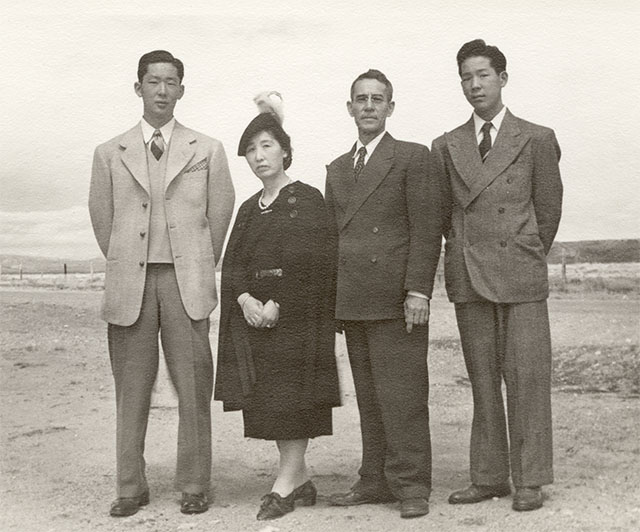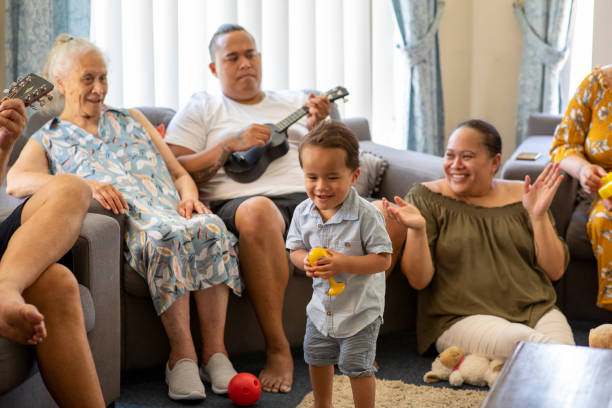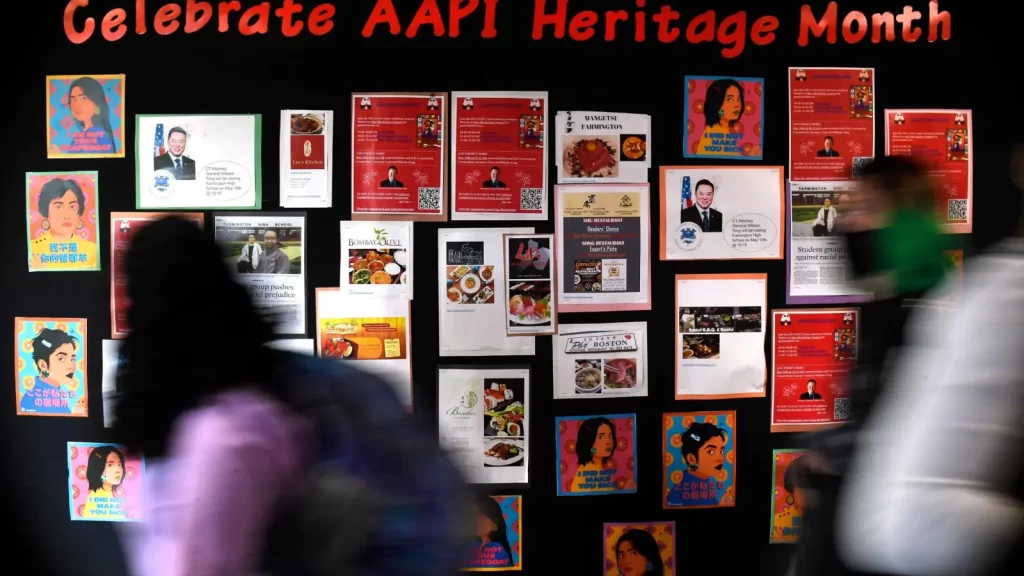Every May, schools start decorating bulletin boards with origami and rice bowls. Libraries make displays of Asian cookbooks. Instagram feeds flood with dumplings, henna, and hashtags like #AAPIHeritageMonth.
It’s easy to think this month is just about culture and food. But it’s so much more than that.
Asian American and Pacific Islander (AAPI) Heritage Month is a time to pause and ask:
What stories have we forgotten? Who gets included? And what are we teaching our kids—about themselves, about their classmates, and about history?
How It All Started
AAPI Heritage Month wasn’t always a full month. It actually began as just a week.
Back in 1978, Congress passed a resolution to recognize the contributions of Asian and Pacific Islander Americans. The week was chosen to include two key dates:
- May 7 – the arrival of the first Japanese immigrants to the U.S. in 1843
- May 10 – the completion of the transcontinental railroad in 1869, which was largely built by Chinese immigrants under dangerous, grueling conditions

By 1992, the celebration was extended to a full month. Today, we honor the 75+ countries that make up the AAPI umbrella—from India to Indonesia, from Guam to Korea, from Nepal to Hawaii.
But It’s Not Just About Celebration
We often treat heritage months like a party. And sure, it should be joyful—we deserve to celebrate our cultures, our families, our food, our resilience.
But AAPI Heritage Month also invites us to look deeper.
It’s about recognizing the ways AAPI communities have helped build this country, often while being treated like outsiders.
It’s about teaching kids the truth:
That racism didn’t skip over Asian Americans.
Pacific Islanders are often erased from both AAPI and American stories. Asian heritage is not a costume or a trend, but something deeply lived, with joy and pain side by side.
Who Gets Seen, and Who Gets Left Out
Let’s be honest—when most people think about “Asian,” they think Chinese. Maybe Japanese. Maybe Korean.
But the AAPI community is not a monolith.
We’re talking about:
- Southeast Asian refugees who fled war and genocide
- South Asian families navigating Islamophobia and post-9/11 stereotypes
- Pacific Islanders whose experiences often align more closely with Indigenous communities than with East Asian ones
These stories often don’t get told.

The spotlight is still mostly on East Asian Americans—especially those who are more economically stable, more “palatable,” more accepted. And while their stories matter, so do the ones that get left out.
We can’t talk about AAPI Heritage Month without asking:
Whose culture are we celebrating? Who’s missing from the table?
What Parents Can Do
Whether you’re raising an AAPI child or you just want to raise a better human, here are a few ways to make this month real—not just performative.
1. Tell Real Stories
Don’t sugarcoat history. Talk about the Chinese Exclusion Act. Talk about Japanese internment. Talk about how Pacific Islanders are often grouped into a category that doesn’t reflect their true identity.
Even with young kids, we can say: “People didn’t always treat others fairly. But we can choose to do better.”
2. Celebrate With Meaning
Cook a traditional dish—but explain where it comes from and what it means to your family.
Watch a movie made by an AAPI creator.
Read a bedtime story featuring a child who looks like yours—or doesn’t.
3. Look Beyond the Usual
Explore countries and cultures you might not know much about. Talk about Tonga, Myanmar, Laos, the Marshall Islands. Show your kids that “Asian” isn’t one thing.
4. Model Curiosity
Say things like, “I didn’t learn about this growing up, but I want to learn with you.”
Be open about your gaps in knowledge. That honesty gives your child permission to ask questions too.
Heritage vs. History
There’s a reason this month is called AAPI Heritage Month—not History Month.
Heritage feels warm. Cultural. Safe.
But history includes the hard parts. The uncomfortable truths.
When we treat AAPI stories as just food, music, and clothes, we lose something.
We forget that Chinese labor helped build this country.
That South Asian activists fought for civil rights.
That Pacific Islanders continue to face deep inequalities.
Heritage is important. But let’s not stop there. Let’s also teach the history.
What This Month Is Really About
At the heart of AAPI Heritage Month is this:
Being seen. Fully.
Not just as someone who brings spring rolls to the potluck.
Not just as a side character in someone else’s story.
But as someone with a name, a legacy, and a voice that matters.
For parents, this month is a chance to raise kids who know where they come from—or who want to learn where others do.
It’s a reminder that our stories are worth telling all year round.
And it’s a quiet promise that we’ll keep showing up, keep teaching, keep remembering.
Even when the bulletin boards come down.








